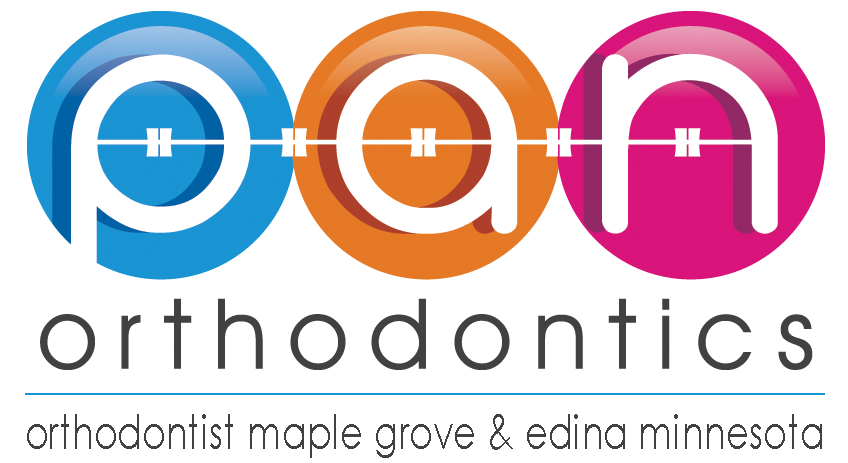Ortho Procedures - Orthodontic Intrusion
Intrusion is a movement in orthodontics where a tooth is partially moved into the bone. Intrusion is completed in order to correct an anterior deep bite or in some cases, the intrusion of the over-erupted posterior teeth where there is no opposing tooth. Intrusion can be completed in many different ways and consists of many different variations. Intrusion was initially defined as problematic in the early 1900s and it was said to cause periodontal effects including root resorption and recession. In the mid-1950s, however, successful intrusion with light continuous forces was completed.
Types of Intrusion
- True Intrusion
True intrusion consists of the true intrusion of incisors without any extrusion of the posterior teeth. The incisors in the anterior teeth move towards the bone and there is no movement of the posterior teeth compared with relative intrusion where the posterior teeth erupt out of the bone. A light continuous force can help to achieve true intrusion. True intrusion can be completed along with methods such as Burstonian segmental arch mechanics or the use of TADs anteriorly.
- Relative Intrusion
A relative intrusion consists of the extrusion of posterior teeth in order to correct the deep bite. The anterior incisors do not move up or down in this case. Relative intrusion can be completed with various other methods such as using a reverse curve of spee wires, anterior bite blocks and differential molar eruption with functional appliances. This type of movement is often performed in patients who are in their adolescent years and have a deep bite tendency.
Major Principles of Intrusion
In his 1977 paper, Dr. Charles Burstone discussed six major principles which should be followed when working with intrusion mechanics. These principles are:
- Control over the force magnitude and consistency
- Single point contacts on the anterior teeth
- A point of force application & center of resistance
- Selective intrusion based on the geometry of the anterior tooth
- Control over the reactive unites by formation of a posterior anchorage unit
- Inhibition of the eruption of posterior teeth and avoiding "extrusive" mechanics
Intrusion Arch
Two different orthodontic techniques have been developed for the purpose of intrusion of anterior teeth. They are intruding the teeth segmentally or intruding the teeth through bioprogressive techniques.
Force Magnitude
It is critical to note that the force magnitude in the pure intrusion of incisors must be constant throughout the application. A high force magnitude would not necessarily result in a higher magnitude of intrusion. To achieve a low magnitude for pure intrusion, a wire with low load-deflection rate should be used.
Higher force can result in numerous side-effects on the teeth which include:
- Increased rate of root resorption
- The rate of intrusion does not increase with increased force
- Extrusion of the posterior teeth
- Steepened upper arch plane of occlusion
- Flattened lower arch plane of occlusion
Another concept of force which is critical in order to understand the concept of intrusion mechanics is that equal and opposite forces are produced at the incisors and at the molars. As an example, a 40g force which is acting to intrude the lower incisors, is counteracted by 40g of force being produced to extrude the posterior molars where the other end of the intrusion arch is engaged. It is of the utmost importance to use a wire that has a low load-deflection rate and gives a constant force of intrusion on the teeth and helps to prevent these side-effects.
Pan Orthodontics Philosophy
To treat our patients as our families and to treat others as how we want to be treated. From your first phone call to the moment your new smile is born, everything in our office is set up to ensure an excellent experience with us. We will always listen to you and improve with your suggestions.
Featuring The Latest Orthodontics Technology
Our Commitment to You
We will continue to keep up with the ever growing digital technologies to improve your orthodontic experience. We also commit to always help you find the most convenient time for your visit with us.




